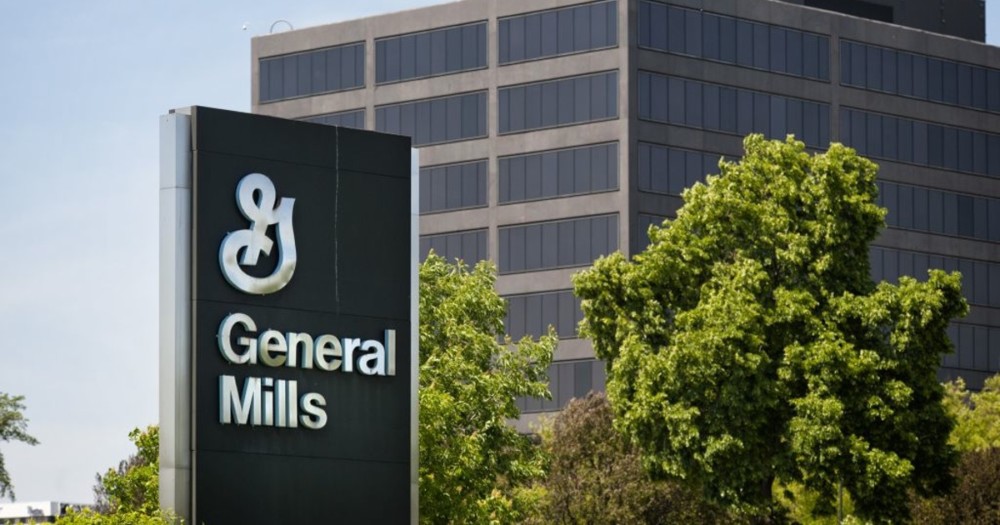By Kristen Leigh Painter and Nicole Norfleet
Star Tribune (Minneapolis)
WWR Article Summary (tl;dr) General Mills is publicly made it a priority to hire advertising agencies which hire minorities. According to census data, just over half the U.S. population is female and just over one-third are people of color. By contrast, the creative departments of most ad agencies are majority male and overwhelmingly white.
Star Tribune (Minneapolis)
General Mills Inc., one of the nation’s biggest advertisers, is pressuring ad agencies to hire more women and people of color by imposing a diversity benchmark as it reviews the firms that handle its $700 million in annual marketing.
The Golden Valley-based foodmaker wants the creative departments in agencies bidding for its business to be staffed at least half by women and 20 percent by people of color. It’s unclear whether the diversity goal narrowed the list of firms General Mills considered for its business; the company now has five finalists.
Advertising is one of several industries, like high-tech and manufacturing, with significant gender and racial imbalances.
In revealing its standard, General Mills executives said they want the people who create its advertising to be more reflective of the people who consume their products.
“We’ll get to stronger creative work that resonates with our consumers by partnering with creative teams who understand firsthand the diverse perspectives of the people we serve,” said Kris Patton, a General Mills spokeswoman.
General Mills isn’t requiring ad agencies to be at those staffing levels today. “But we will have meaningful conversations with our partners to ensure they understand the importance of this shared commitment,” Patton said.
According to census data, just over half the U.S. population is female and just over one-third is people of color, including Hispanics, African-Americans, Asian-Americans, American Indians and others. By contrast, the creative departments of most ad agencies are majority male and overwhelmingly white.
Raising diversity levels has been a hot topic among advertising executives in the U.S. and Europe for several years. Martin Sorrell, chief executive of WPP, the world’s largest ad agency, in March declared the diversity in its numerous subsidiaries “unacceptably low.”
Only a handful of big advertisers have publicly made it a priority. On Thursday, HP Inc. revealed it sent letters to its existing agencies to come up with plans to reach diversity goals similar to those sought by General Mills — and threatening to possibly end contracts with firms that didn’t make strides.
General Mills’ diversity goal became public Wednesday in an article in Advertising Age, a trade publication. “It feels like a first,” Ann Simonds, General Mills chief marketing officer, told Ad Age. “I think it is rare and it is important.”
The company has narrowed down its contenders to a list that includes McCann, an agency it has used for many years, 72andsunny, Mother, Deutsch and a holding company group formed by Publicis Groupe, Ad Age reported. General Mills aims for one agency to handle the majority of its advertising and will sprinkle in others with special expertise.
McCann, which has a Minneapolis office, declined to answer questions about its demographic makeup and referred inquiries about the review process to General Mills.
The company’s diversity benchmark “automatically eliminates a number of agencies from even having the opportunity to compete for the General Mills account, which I think will encourage some agencies to increase their efforts to be more inclusive,” Constance Cannon Frazier, chief operating officer for the American Advertising Federation, said in an e-mail.
The maker of cereals, snacks, yogurt and baking products has been an innovative marketer for decades. And in recent years, it has drawn attention, and some criticism, for portrayals of diverse types of families in advertising.
Simonds is on the board of directors of a local advocacy group, the BrandLab, which seeks to double the percentage of minorities in the Twin Cities advertising industry, which it estimates at around 6 percent, by next year.
Margaret Murphy, president and chief operating officer of Olson, the largest ad agency in Minneapolis in revenue, said the diversity requirement raises the stakes for firms that want to do business with big players like General Mills. “It’s a good challenge for us to make sure that we are constantly leaning into the marketplace and leaning into the brands, that we are mirroring their target audience,” Murphy said.
Olson couldn’t meet the General Mills’ benchmark. Its creative department is 40 percent women and it falls short of the 20 percent racial diversity goal, Murphy said.
BrandLab was started by Olson’s founder John Olson to try to diversify the industry and Olson remains committed to the cause by hosting BrandLab interns, Murphy said. The agency is currently hiring creatives from South America and Europe, in addition to local talent, to try to help bring more diverse ideas to its office, Murphy said.
Kat Gordon, founder of the 3% Conference, a national group seeking to raise the number of women in creative director positions at ad agencies, said the diversity quotas put agencies “on notice that when you go in to pitch new business this is another set of criteria that you are being evaluated on.”
The group started holding conferences on the topic in 2012, when only 3 percent of U.S. creative directors were women. The number is now up to 11 percent, the group said.














































































































































































































































































































































































